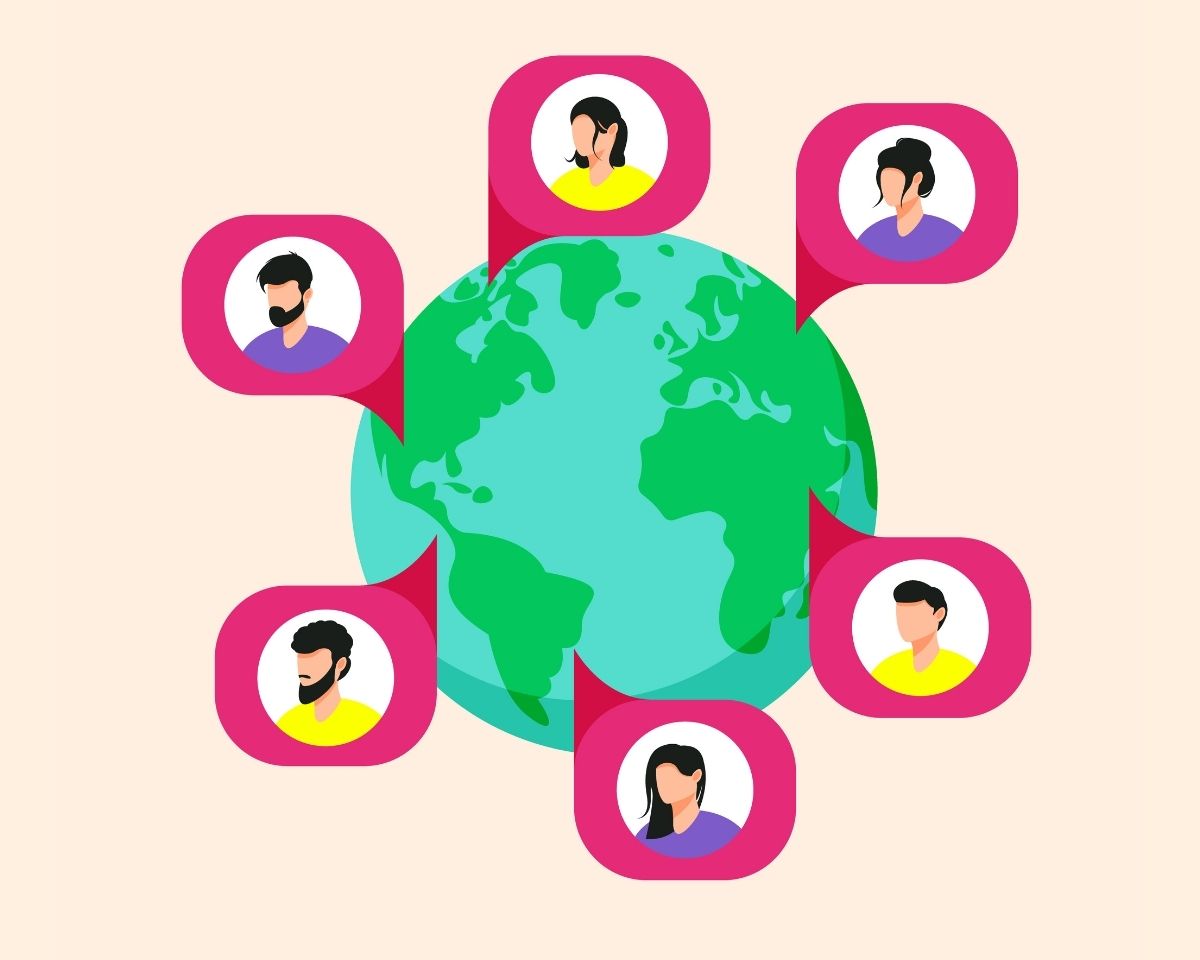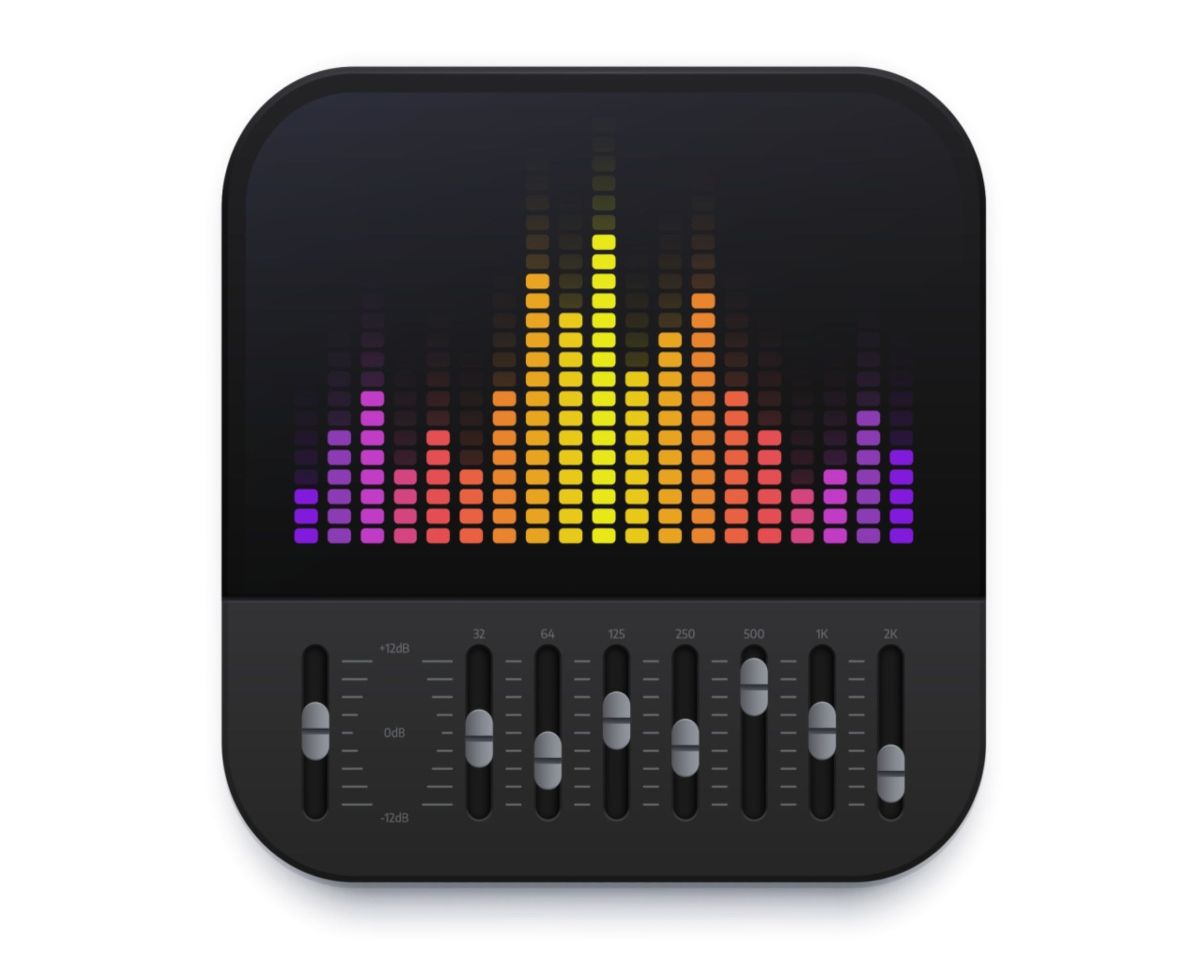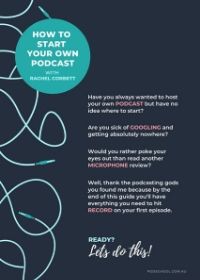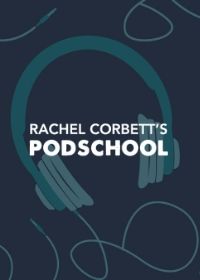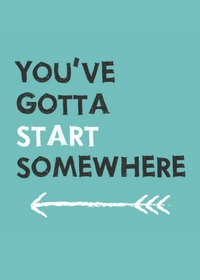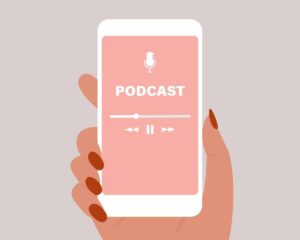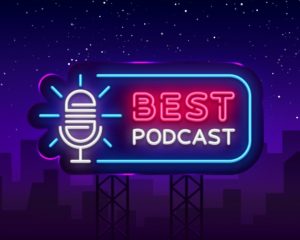
Your listeners want to be part of your show too
Getting callers on your podcast can be a great way to involve your audience and make your show more interesting.
Best of all, it doesn’t require a complex audio setup to make it happen.
Why would you want callers on your podcast?
It adds audio texture
Audio texture is just a wanky way of saying different bits of audio e.g. sound effects, callers, music. Basically, anything that isn’t the host’s voice.
Adding different audio elements to your podcast can keep things interesting because the content is delivered in a more creative way than just one person talking.
It rewards listeners for reaching out
Don’t underestimate the power of someone hearing themselves on a show they love.
If you ask your listeners to get in touch with you and share a story, tip or question then featuring them on your podcast is a wonderful way to say thank you and encourage other listeners to get in touch.
It can be a great source of content
One of the biggest challenges, when you’re doing a regular show, is coming up with content.
When you open your show up to callers you’re also opening it up to their stories, experiences and opinions and that can be a great source of additional content.
The different ways to get callers on your podcast
Option 1: Call them and record them
This method is useful if you need to engage with someone to draw out their comments, opinion or story.
In this method, you’re conducting a mini-interview and you can either use the audio of you interacting with the person or cut up their answers into smaller grabs to use throughout your show.
Benefits
Most listeners who are keen to get on your show won’t be podcasting professionals.
So they might not know exactly what you want from them or how to express themselves in a succinct way.
If you’re on the phone with them you’ll be able to coach them through and make sure you get exactly what you need.
Option 2: Get listeners to record themselves
This is when a listener records a message in their own time using whatever tech they have available (this can be the voice notes app on their phone).
This is a good option for people who might get nervous as it allows them to record multiple takes until they’re happy with the audio and then send it through.
Benefits
Some people might find it really intimidating to be coached through their story, especially if they’re a big fan of you and your show.
Giving them the option to record themselves will help them feel more relaxed which is always a good thing when you’re trying to get good content.
This method will also save you time because you can just go through your inbox and pick the best audio rather than calling people one-by-one.
So, how do you do it?
Get them to record a message on their phone
While I wouldn’t advise recording an entire podcast episode on your phone, for callers this is absolutely acceptable.
Podcast listeners are used to the audio quality of callers and even some guests on podcasts being lower than the audio quality of the host.
So if you’re using short audio grabs to pepper through your episode, audio recorded on a voice recording app that they email into you is perfectly fine.
Leave a message using Speakpipe
Speakpipe is an online voicemail service where your listeners can record a message for your show. This can be recorded on their computer or their phone.
To get this rolling you’ll need to set up a Speakpipe page and share the URL with your audience.
Or you can install a button on your website so people can click to leave a voicemail.
Call them using a remote recording platform
There are so many ways to record people remotely and a bunch of websites that make it really easy.
If your guest has a decent microphone you might want to use a platform like Riverside.fm or Squadcast, or you can use a platform most people are comfortable with like Skype or Zoom.
Just a note that platforms like Skype and Zoom are video conferencing platforms so they’ll usually record lower-quality audio than platforms designed specifically for podcasting.
Call them using a mixer or a RodeCaster Pro
A mixer or a podcasting device like the Rodecaster Pro allows you to plug your phone in and record phone audio directly into your audio editing software.
It’s as simple as connecting your phone, turning up the phone fader and pressing record.
It’s important to note that phone call audio is the lowest quality of all the audio you can record but when you’ve got a mixer this can definitely be the easiest option.
Think about why you’re adding callers
Getting callers on your show is a great way to add variety to your content but only if it improves your show.
Peppering your podcast with audio of your audience “just coz” won’t be interesting, it’ll be confusing.
But well thought out, well-placed audio will add something really special to your podcast so make sure you’re doing it for the right reasons.
Got a burning podcasting question you’d like answered? Send me an email.
Want to start your own podcast but need a little help? Download my “How To Start A Podcast” guide or sign up for my online podcasting course, PodSchool.
Hello and welcome to the show. Today I am answering a question from Sara who emailed me to ask whether I had any advice on how to get callers on to your podcast. The easiest way to do this is via a website called Speakpipe. Essentially it does all of the hard work for you.
A lot of radio stations and the podcast network that I am the Director of Podcasts for - Mamamia have a voicemail system set up. Essentially the development team have set up a magical number that people can call and as soon as they leave a message we get an email directly into our inbox with the audio file attached. You can get the same service with speak pipe and essentially the people that want to contact you and leave a message can get their voice on your podcast. All they have to do is click a button, record their audio and that's it. There are a range of different plans and you can check them all out at the Speakpipe website, I'll pop a link on the show notes page at PodSchoolPodcast.com and type "callers" into the search bar.
With those different plans you'll get different features. So on some you'll be immediately emailed the audio of the call whereas on the free plan you might have to go in and access the audio files and download them yourself (I think we can all handle that).
The great thing about this system is that it takes all of the fuss out of it and basically allows your audience a way to get their voice on your show. It's also great for "audio texture," which is a wanky way of saying "different bits of audio" so it's not just you talking all the time.
So how does it work? Basically you either set up a web page on Speakpipe or you can install a button on your website. When your audience comes to that page or they click a button on your website there is an option for them to record a message right then and there so they can record using whatever microphone they have available and attached to the computer or the device that they're using and they just record a message right there and it gets sent to a central hub or straight to your email depending what plan you've got. Then you also not only can download the audio to use on your show but you can record a message and send it back and they'll get an email saying you've replied to their message. That can be a really lovely way to say thanks for sending me a message.
If you haven't thought about this as an option and you're thinking "Why the heck would I be bothered getting people on my show?" Here's a couple of reasons apart from the ones that I stated earlier which are of course that it just gives a bit of audio texture.
Your listeners can be the best source of content...ever.
You will notice if you are a regular listener to this show that often the content in these episodes comes from questions that have been asked directly to me from people just like you who are listening to this show and want to know more about podcasting. A really great way to reward those people for dropping in their questions and asking you things is to actually have them featured on the show. Some people don't want that and they just want to send an email and they don't want to put their voice on the show for other people but if they do call you and leave a message it can be a great way for them to feel rewarded for taking the time to get in touch with you.
You might be listening to this and thinking there's no space for this in my show, I don't have the time nor the inclination nor do I have any questions that I want to ask my audience and that's fine.
You don't have to add people into your show but often with podcasting people assume it can't be done so if you've completely blanked it out of your mind as an option because you thought it wasn't possible, now you know it is!
I'll put all the details on the show notes page which again you can find at PodSchoolPodcast.com just by typing "callers" into the search bar. And that's it for today's episode I hope that's helped you realise you can add more voices into your show from the people who love it the most. Speaking of which if you're enjoying these episodes I would very much enjoy it if you would leave me your review in iTunes or wherever you listen to the show. It helps other people to find the episodes and to also realise that they're not a pile of crap when they see them.
If you are just starting out your podcast and you want to set up your home studio and you're not sure how to do it you'll find all of that information in my "How to start a podcast guide" that you'll find at my website as well. Thanks so much for joining me, I'll see you next week and until then, happy podcasting.

